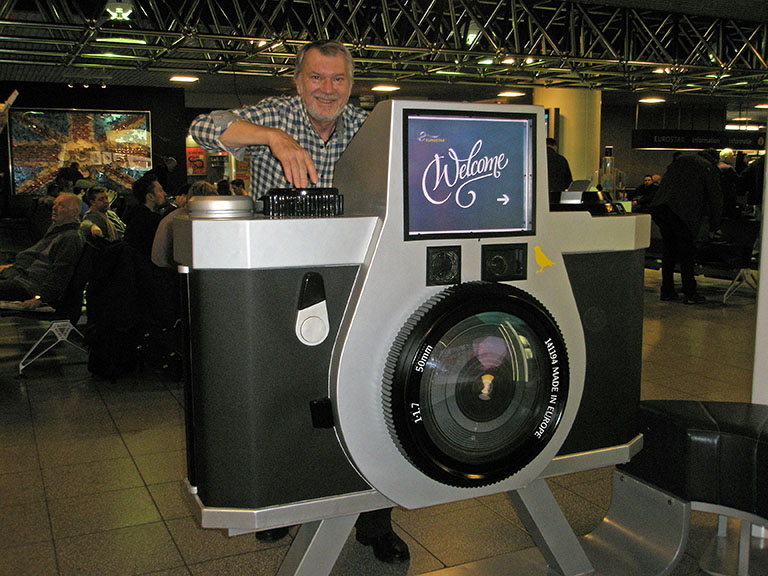"The good guys in this world are far too few but Skelly was definitely one of them"
A personal tribute to one of Britain's finest steam photographers by David Wilcock
The UK's extended family of steam camermen was stunned in mid-June 2020 to learn of the sudden death of Peter Skelton, one of the finest and most highly regarded photographers of the post-BR steam era. Despite being fit and active, Peter suffered a fatal heart attack whilst on a walk with his wife Danuta just days before his 72nd birthday, a very tragic loss for everyone. Peter was a man of outstanding character, kind, sincere, loyal, genial and always willing to offer technical photographic advice or help others, whenever he could.
Skelly had family ties with Hartlepool in the North East, but it was at Haresfield, on the Bristol & Gloucester main line, that he was born and grew up the youngest of three brothers. His lifelong love affair with steam and the railway was cemented in short-trouser days by regular visits to Haresfield signal box and level crossing where his grandfather was a signalman, and by the daily 'races' between trains on the six-mile parallel stretch of the Great Western and Midland Railway routes between Gloucester and Standish Junction. The specialness of Haresfield was captured by Peter himself who, in a remarkable piece of writing, remembered his signal box visits as a seven-year-old, thus : 'The smell of the oil lamps and polished brass, the crackle of a roaring fire situated in the corner, the creaking of the floorboards, the tinkling of the bells, the tap-tap-tap of the train instrument followed by the clanking of the levers - and then the thunderous roar and vibration of a speeding LMS Jubilee - it was inevitable that I would get interested in the railways'. Drawn compulsively into trainspotting the young Skelly spent untold hours by the lineside at Haresfield, on the well-trodden path to the north end of Gloucester Eastgate's island platform (which looked into 85B Horton Road engine shed), and in the shed itself.
His very first camera - as basic as basic itself - was a Kodak Brownie 127 which he christened at Kings Cross in 1959 with an image of 'A4' - number 60015 Quicksilver, and as coincidence would have it, his very last railway photograph was taken of an 'A4' - number 60009 Union of South Africa, at Stroud. More or less from those early days Skelly took a camera with him whenever he went out for steam, though he would forever regret leaving the camera at home on the 9th July 1960 - the day that Carlisle based 'Pacific' - number 72005 Clan Macgregor unexpectedly visited Gloucester. That his friend (and later Dean Forest activist) Trevor Radway got the shot, haunted him forever. At least that is what he said.
Steam photography became the all-consuming passion that, ultimately, would take Peter to the furthest reaches of the globe - to China, Africa, Canada, India, Pakistan, Romania, Poland and widely elsewhere in Europe.

Peter stood in front of decorated QJ 2-10-2 number 6828, at Jinpgeng station, China, on the 18th November 2004.
Illness prevented Peter from sitting the 11-plus exam and by default he went to Linden Road secondary school, Gloucester, leaving at the age of 15 to begin an apprenticeship as an industrial photographer with the engineering firm Fielding & Platt, based at Gloucester docks. Here, using monorail-mounted half-plate cameras, he helped to make films and photographs for a company that set great store on archiving and recording its business progress.
In 1975, he left to join Gloucestershire County Council's photographic department, running the plan print section, specialising in the printing of town and country maps for a variety of applications, including police work. It was the perfect job for him, for after hours, Skelly would often stay on in the darkroom to process and print his own black and white railway images, progressively building a wealth of process knowledge, and perfecting his darkroom technique. With good reason friends coined a nickname for him "Pin-Sharp Pete".
It came as a shock to Peter to learn in 1993, after 18 years, that amid a wave of local authority budget cuts, he was to be made redundant, and his department closed, but he accepted an offer of redeployment with the County Council's Highways Department. For the next 21 years he worked in both the public and private sectors of the road-building industry, retiring as an inspector in 2014 at the age of 65.
Following the demise of BR steam in 1968, Peter unexpectedley found himself in demand - as a wedding photographer. It wasn't something he ever planned, but rather fell into; the exceptional quality of his work and fastiduous attention to detail spawning numerous word-of-mouth recommendations. As steam on more distant horizons now beckoned, his earnings from wedding photography helped to fund his many overseas steam trips.
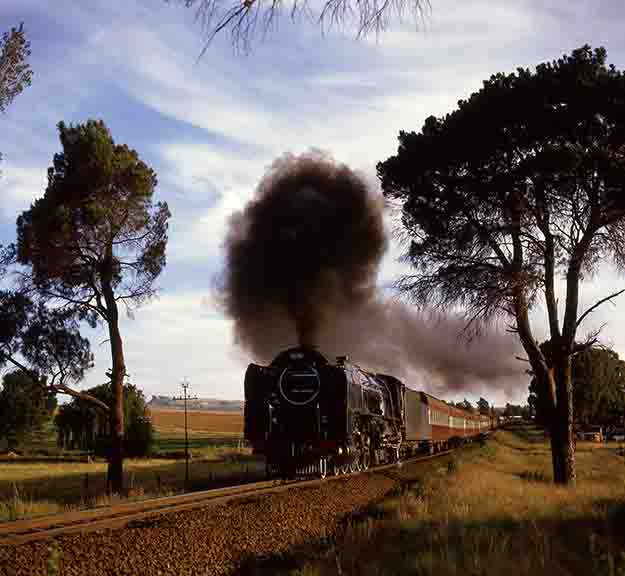
A class 25NC near Slabberts on the Bethlehem to Bloemfontein line, South Africa, September 1983.
It was while covering a friend's wedding that Peter found himself gazing upon an attractive young bridesmaid, and realised that throughout the day, she was stealing purposeful glances back at him too. The magnetism between Peter and Danuta was sealed by their marriage in 1972 and endured for almost 50 years. The couple raised three daughters who were the the apple of his eye, and his credentials as a caring, loving, family man, were never in question. His commitment to his daughters when their time for marriage arrived, was unsparing, and he sold his highly prized 'Britannia' nampeplate for Lightning, locomotive number 70019, to help pay for the weddings.
Peter was the author of two steam albums - British Steam Revival, with Nils Huxtable and Main Line Steam In The 1980's - but he could - and probably should - have produced many more, such was the depth and quality of his steam photography. Peter's photographs - and those printed for his friend, Somerset & Dorset champion Ivo Peters, began to appear in Steam Railway magazine from the 1980's and his big-screen slide shows were ever in high demand, with powerful images frequently enchanting the audiences.
In 1984 Peter was key to an audacious April Fools Day spoof for Steam Railway magazine, when he photographed GWR icon City of Truro in BR lined black livery, much to the disapproval of GWR die-hards.
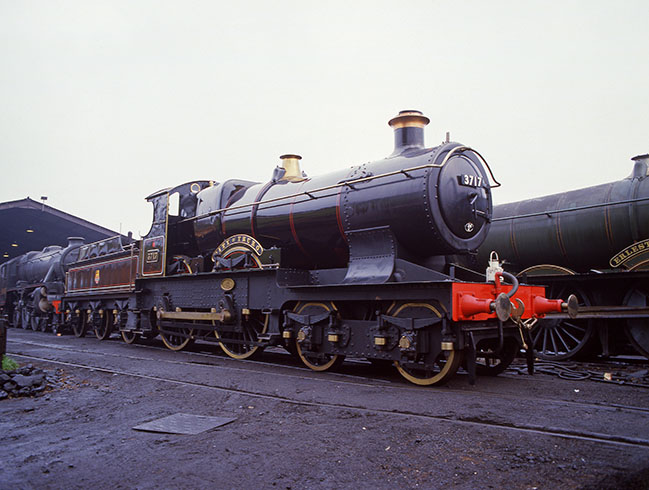
City of Truro in fictitious BR lined black livery as photographed by Peter on the Severn Valley Railway, Bridgnorth in April 1984.
Probably only Peter would know the tally of his overseas trips to photograph steam, but he was certainly on board South Africa's first-ever touring train for cameramen - "The Cape Mountaineer" which ran in 1990. China, and the spectacular performances of the mighty QJ class 2-10-2 locomotives in winter scenery was at the core of Skelly's overseas photography. He first went to China in 1993, returned in 1995 and was present on all ten China trips organised by fellow Gloucestershire steam disciple Mike Tyack. After steam activities in China started to diminsh, Mike Tyack also arranged four visits to Eritrea and three to Romania with Skelly in attendance, capturing some timeless images of native steam at work.
Mike - one of many dozens of steam people who have paid fulsome tribute to Skelly following his passing - reflects on a man who he held as the "sort of person you always wanted around. He was always supportive, was never a back-biter when things didn't go quite as planned and was loyal to a fault.""
In addition to foreign travel, Peter still indulged in numerous steam charter trains arranged on the preserved railways of Britain as well as keeping a close eye on mainline steam activity, to ensure that it was properly recorded. As honarary president of the Tewkesbury YMCA Railway Society he was able to attend and give photographic presentations, sharing his passion for railways amongst like minded enthusiasts.
Peter's photographic legacy is therefore extensive, covering the last few years of steam on the railways of Britain as well as the dying embers of real steam railway activity on our planet. A small selection of Peter's local photographs are shown below.
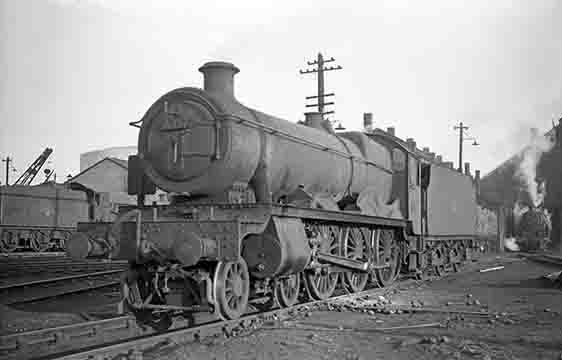
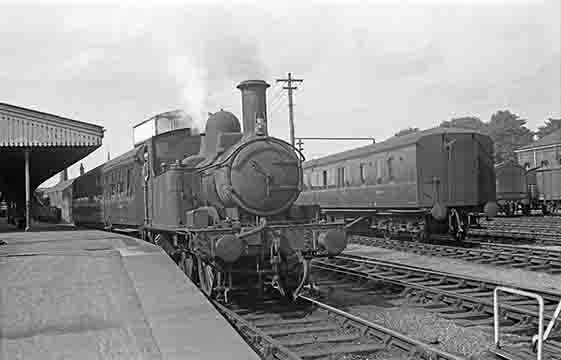
Right : 1474 prepares to depart Gloucester Central with an auto train on 28 Aug 1964.
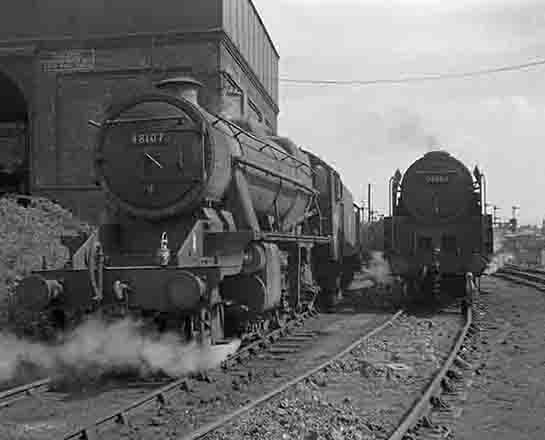

Right : 9F 2-10-0 number 92207 coasts through Ebley Crossing Halt with a lengthy mineral train on 25 Aug 1964.
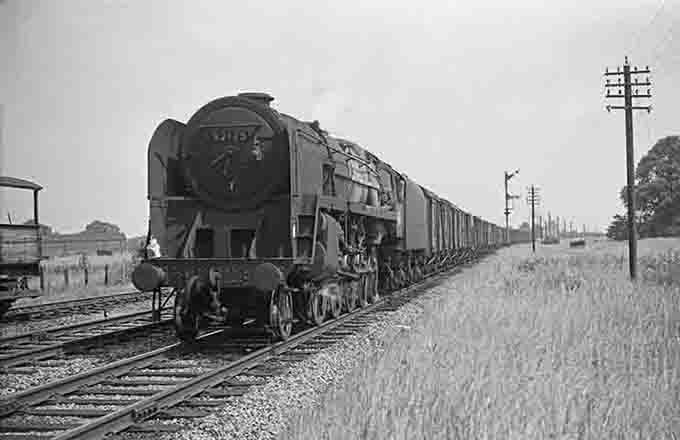
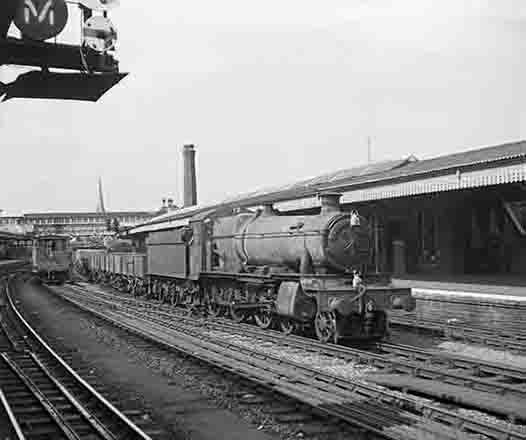
Right : Manor class 4-6-0 number 7814 Fringford Manor, on an engineers train through one of the centre roads at Gloucester Central on 27 Aug 1964.
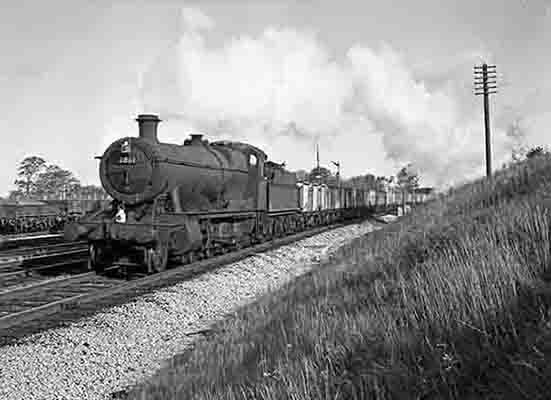
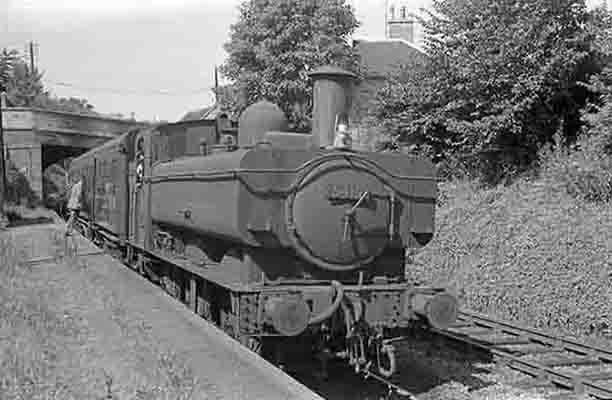
Right : 6400 class 0-6-0 number 6412 calls at Brimscombe bridge halt to pick up passengers on 25 Aug 1964

